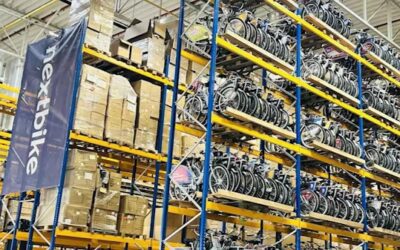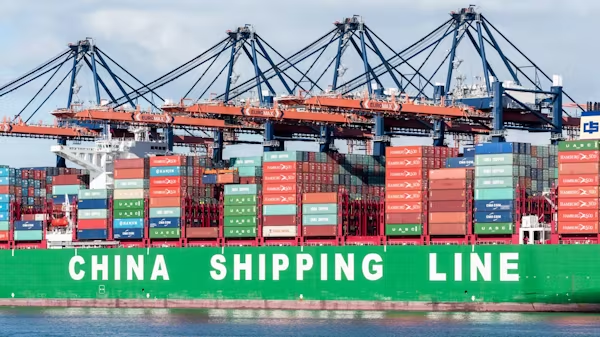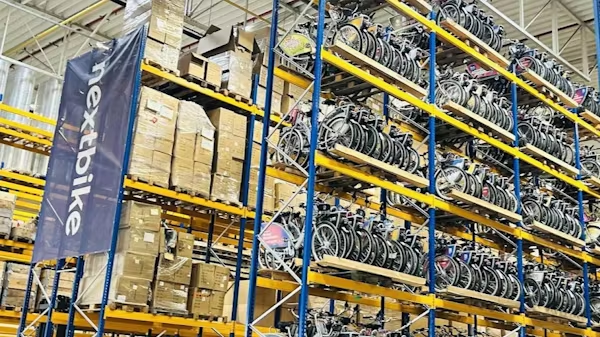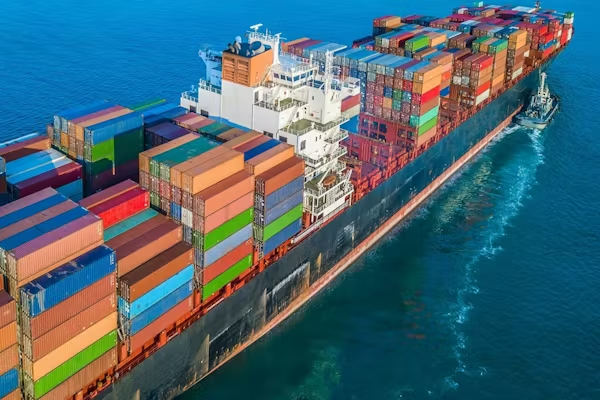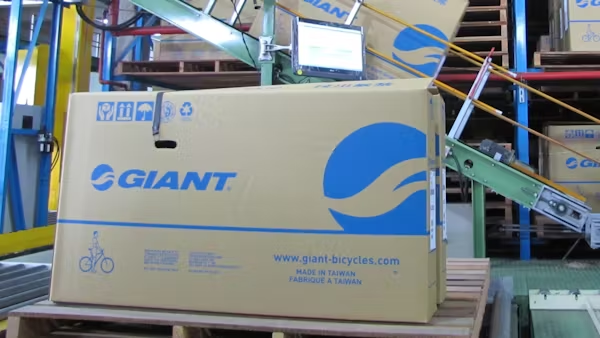The Shifting Tides of Bicycle Supply: What Cyclists Need to Know for 2025
As we gear up for a new year of cycling adventures, it’s important to keep an eye on the trends affecting the bicycle industry. With summer rides just around the corner, many enthusiasts are curious about how external factors could impact bike availability, pricing, and overall experience. Recent insights from a survey in Hamburg, Germany, reveal that an alarming 82% of supply chain professionals in China expect container prices to rise significantly in January 2025. This could mean significant changes for cyclists everywhere.
The Container Crisis: How Shipping Costs Affect Cyclists
The rising prices of container shipping are poised to have a ripple effect on the bike market. Higher shipping costs often lead to increased retail prices, making new bikes, components, and accessories less accessible for everyday riders. This potential spike may compel many to hold onto their current bicycles for longer, focusing on maintenance instead of upgrades.
For those looking to purchase new equipment, keeping an eye on market trends and shopping early might be a prudent strategy. Retailers might increase prices as they feel the pinch from rising shipping rates, so timing your purchases could prove to be a savvy move.
Geopolitical Risks: A Wildcard for Bike Production
In addition to shipping costs, geopolitical risks are adding an extra layer of uncertainty to the bicycle supply chain. Tensions between nations and fluctuating trade policies can disrupt the flow of materials needed for bike production. With many components sourced from various global locations, any hiccup in this intricate system can lead to delays and an increase in prices.
Cyclists concerned about the availability of their favorite bike brands may want to diversify their options. Exploring local manufacturers or less mainstream brands could offer more stability and availability than relying solely on international shipping from major companies.
Overcapacity: Balancing Supply and Demand
Structural overcapacity in the bike industry means entities may be producing more bikes and components than the market can absorb. While this might sound like a good thing for consumers, it often leads to instability in pricing and supply. If manufacturers are stuck with high inventory levels due to decreased demand, they may slash prices to clear stock, creating a volatile shopping environment.
As a cyclist, now may be the perfect time to focus on upgrading your current bike and accessories. Investing in high-quality gear and performing regular maintenance can prolong the life of your existing setup, especially with potential price increases looming.
Final Thoughts
The looming increase in container prices, along with geopolitical tensions and market overcapacity, paints a complex picture for the cycling community as we approach 2025. As dedicated cyclists, understanding these factors can help us navigate what might be a challenging market and guide us in making informed purchasing decisions. Whether you’re eyeing a sleek new model or just looking to enhance your riding experience, preparation and adaptability are key.
In a world of constant change, remember that the best ride is the one you’re already on. Keeping your bike well-maintained and ready for the road will help you stay ahead of whatever shifts may come our way. Happy cycling!
Original article: Click here



